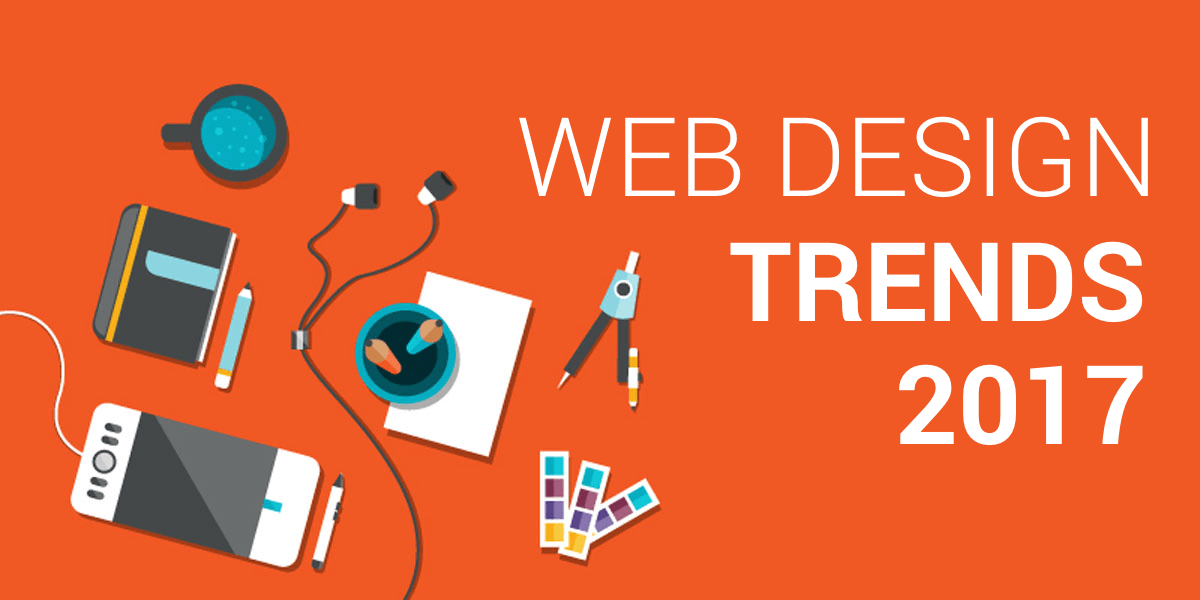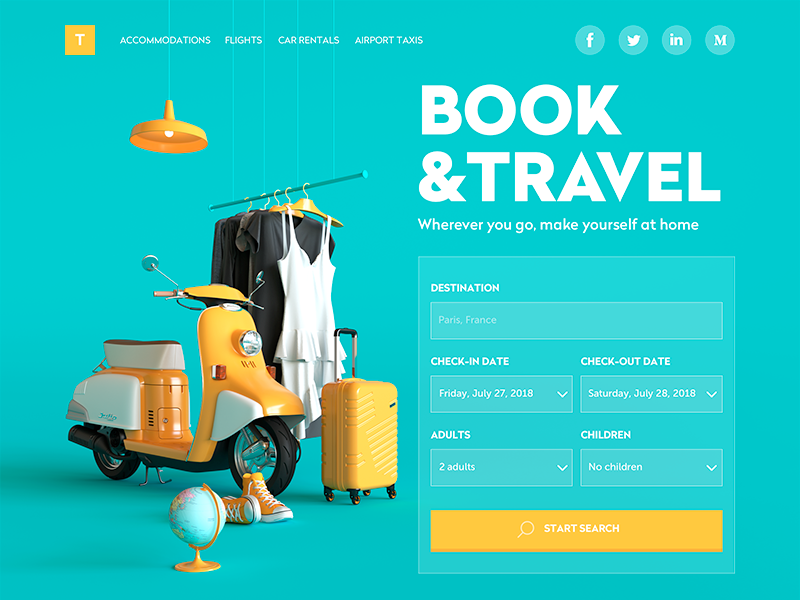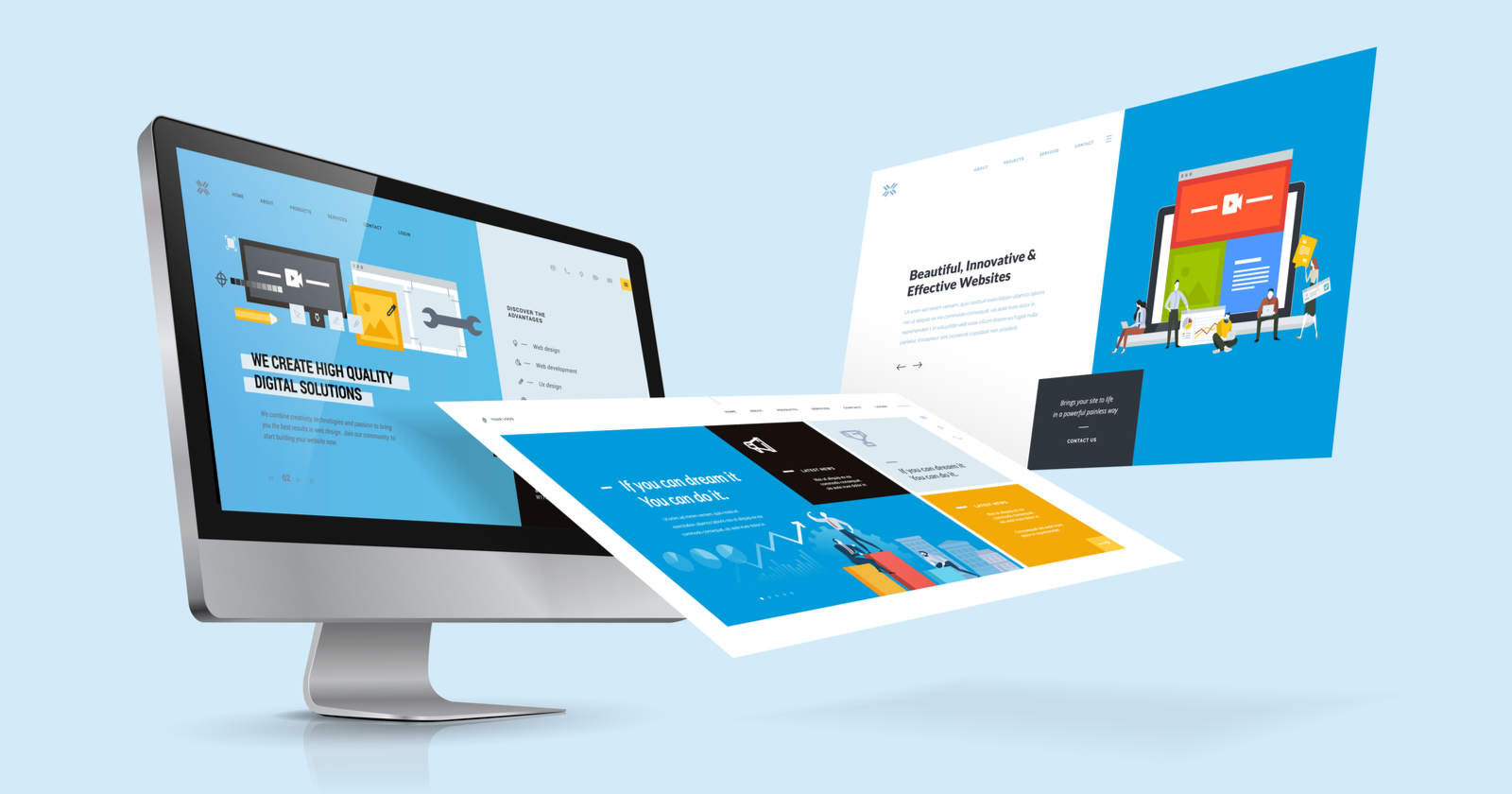Aligned Position Web Design: Expert Web Design Strategies for Achieving Business Goals Online
Aligned Position Web Design: Expert Web Design Strategies for Achieving Business Goals Online
Blog Article
The Best Kinds of Website Design to Improve Individual Experience and Interaction
In the ever-evolving landscape of electronic interaction, the effectiveness of Web layout substantially affects user experience and involvement. Various style techniques, such as minimal, receptive, and interactive layouts, each deal one-of-a-kind benefits that can cater to varied user needs.
Minimal Website Design
As digital landscapes end up being significantly messy, minimalist Web design has actually become a powerful method to enhancing customer experience. This layout philosophy prioritizes simpleness, concentrating on necessary aspects while getting rid of unneeded disturbances. By using ample white space, simple navigation, and a minimal color combination, minimal style fosters quality and routes user interest to essential web content.
The core principle of minimalist Web layout is to create a smooth interaction for customers. By decreasing cognitive load, users can swiftly understand info without really feeling bewildered. This straight approach not just enhances use yet likewise urges involvement, as site visitors are more most likely to discover a site that is simple and aesthetically attractive to browse.
Furthermore, minimal design frequently highlights typography and images, utilizing these aspects tactically to communicate messages efficiently. This concentrate on essential elements can improve brand name identification and produce a memorable individual experience. Basically, minimal Web layout is not just a trend; it is a thoughtful method that recognizes the importance of user-centered design. By removing extraneous elements, designers can produce a much more interesting, efficient, and satisfying Web experience for all users.
Responsive Web Design
In today's diverse electronic atmosphere, receptive website design has actually ended up being necessary for producing a seamless user experience across a wide range of gadgets. As customers gain access to web sites on smart devices, laptops, tablets, and desktop computers, the capacity of a web site to adapt its layout and content to various screen sizes and resolutions is crucial.
Responsive website design uses adaptable grids, photos, and CSS media questions to ensure that Web content is presented ideally, no matter of the tool utilized. This method not just boosts the visual allure of a web site but likewise substantially improves use. Individuals are most likely to engage with a website that supplies a regular experience, as it eliminates the frustration of needing to focus or scroll excessively.
By taking on receptive design, companies can enhance their exposure and reach a broader audience. In recap, responsive Web style is a basic practice that improves individual experience, engagement, and overall complete satisfaction.
Interactive Web Design
Receptive Web design prepares for improving user experience, however interactive website design takes this a step further by engaging customers in an extra dynamic means - Aligned Position Web Design. By including components such as animations, clickable models, and real-time comments, interactive Web style astounds individuals, attracting them into a richer surfing experience
This method not just fosters involvement but also urges customers to check out content actively instead than passively eating it. Techniques such as gamification, where users make benefits for completing jobs, can substantially boost the time invested in a site and enhance general complete satisfaction. Interactive features can simplify complicated info, making it extra absorbable and enjoyable.

Integrating interactive style aspects can also cause higher conversion prices, as users are most likely to involve with a website that proactively entails them. Aligned Position Web Design. Eventually, interactive Web style changes customer experiences into remarkable trips, making sure that site visitors return time and again
Flat Style
Characterized by its minimalistic strategy, flat design emphasizes simpleness and functionality, removing unneeded aspects and concentrating on essential functions. This click to find out more style philosophy focuses on usability, making sure that users can navigate interfaces effortlessly and efficiency. By utilizing a tidy aesthetic, flat design removes the clutter often located in more elaborate designs, consequently enhancing customer focus on material and performance.
The trademark of flat design lies in its use vibrant shades, straightforward typography, and geometric forms. These aspects add to an aesthetically appealing user interface that is both contemporary and friendly. In addition, flat style promotes a sense of clarity, enabling individuals to discern important actions and info without diversion.
Moreover, level style is specifically effective in receptive Web style, as its simpleness converts well across numerous tools and screen sizes. By focusing on crucial features, flat style not only meets customer requirements yet likewise urges seamless interaction, making it an important part of efficient Web layout strategies.
Adaptive Web Design
Adaptive website design personalizes the user experience by creating several repaired formats tailored to different display sizes and devices. Unlike receptive style, which fluidly changes a single design, adaptive design employs unique formats for specific breakpoints, making certain optimal discussion on numerous platforms. This approach enables developers to focus on the unique attributes of each tool, improving usability by supplying specifically what users require based upon their context.
Among the primary advantages of adaptive website design is its capability to optimize lots times and performance. By serving customized content and photos that fit the user's device, internet sites can decrease information usage and boost loading speeds. This is especially helpful for individuals with slower connections or minimal information strategies.

In addition, flexible design helps with a more regular and controlled branding experience. Since developers produce numerous formats, they can ensure that the visual components straighten with the brand name's identification across various platforms - Aligned Position Web Design. This leads to a cohesive user experience, boosting interaction and promoting customer read retention
Final Thought
Minimal style promotes quality and focus, while responsive style makes certain adaptability across various gadgets, advertising access. Jointly, these layout approaches add to the development of easy to use settings that not just enhance contentment but additionally drive higher conversion prices, highlighting their vital relevance in contemporary Web layout methods.

Minimalist style fosters clearness and focus, while responsive layout ensures flexibility throughout numerous gadgets, promoting ease of access. Collectively, these layout approaches add to the production of straightforward environments that not just boost satisfaction but also drive higher conversion rates, highlighting their important significance in modern Web style techniques.
Report this page